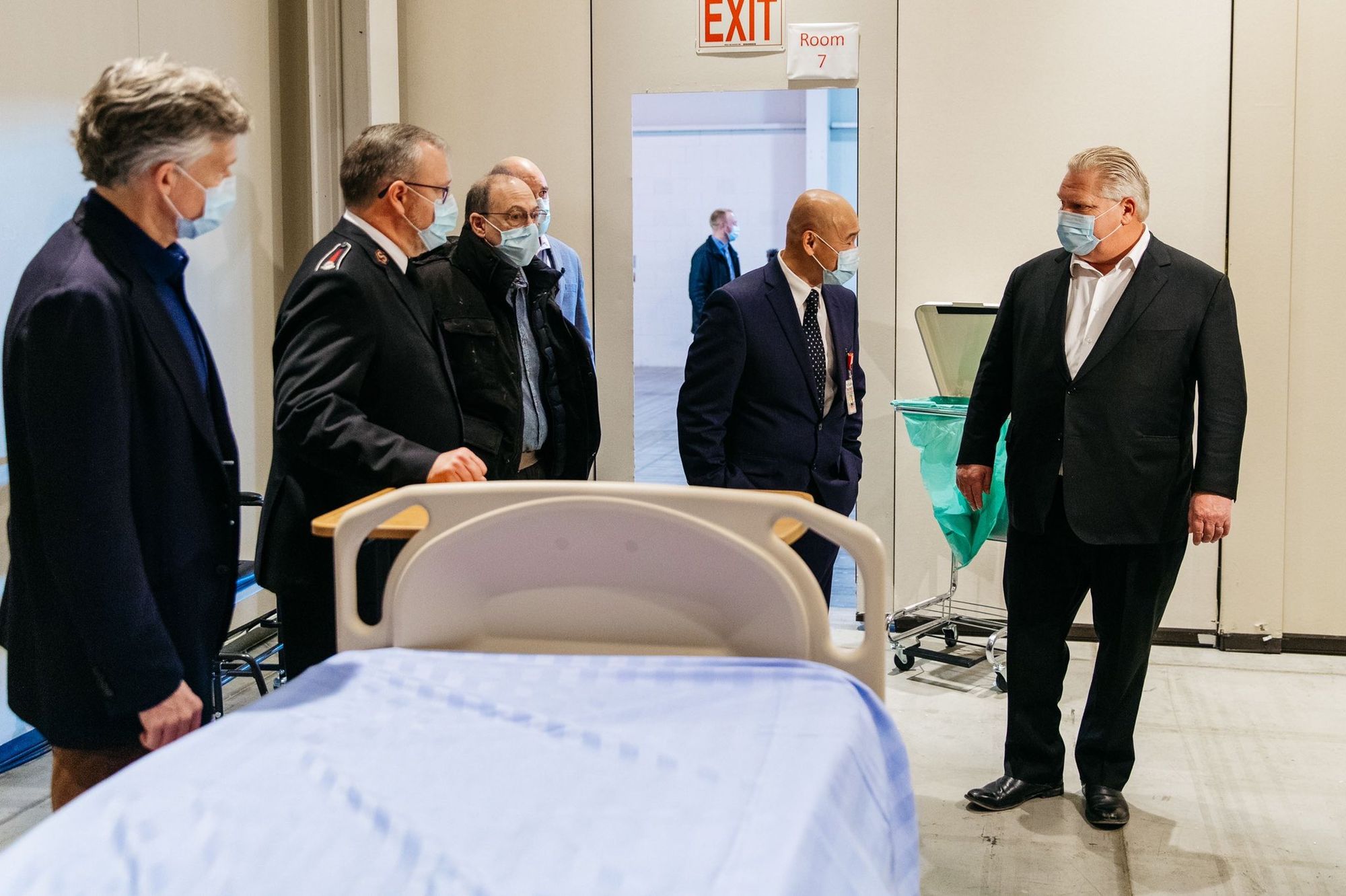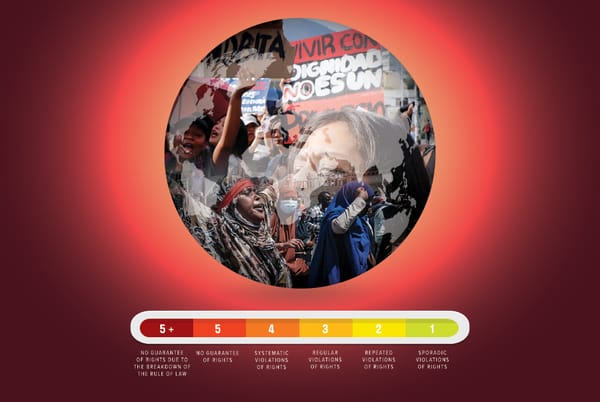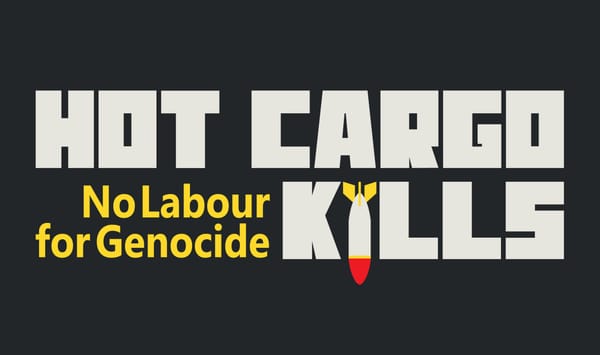
Ontario is in rough shape. COVID-19 cases are surging and it appears Premier Doug Ford is in full-on “govern by chaos” mode.
It apparently took Ford “30 seconds” to decide on new lockdown measures, including ordering Ontario schools to move online for the next two weeks and reimposing public health restrictions. This of course begs the question: Where has the guy been these past weeks?
As of December 30, Public Health Ontario reported more than 16,700 new COVID-19 infections, with nearly 86,000 cases identified over the previous two-week period. Because of new, and quite ridiculous, limits on lab testing, both of these figures are considered underestimates. The Omicron crisis had been mounting for weeks while the Ontario government largely sat by and watched.
Teachers were originally given two extra days to prepare for a return to in-person learning after the holiday break. Then, on the first of those two additional days, the Ford Government changed the plan, leaving a single day to prepare for two weeks (at minimum) of online learning.
Last week, the teachers’ unions addressed a joint public letter to Ford, “urging” the Progressive Conservative government to take several steps to ensure in-person learning could continue in January. These measures included: reducing class sizes to allow greater physical distancing; promoting greater vaccination among the student population; prioritizing booster shots for education workers; ensuring N95 masks are available for all staff and students; implementing a better testing and tracing system, including providing rapid tests to all staff; reinstating the 10 day isolation period. Among their requests, the unions also included improving ventilation in schools and on campuses, a long-standing demand among education workers largely unheeded by the Ford Government.
Despite school closures, childcare centres remain open. The decision to keep facilities operating comes after new lab testing rules excluded these childcare centres from the list of “high-risk individuals and settings.” This means workers and families will no longer be able to book tests if they believe they’ve been exposed to the virus. It’s an all-around disaster for both childcare workers and parents sending their children into care.
In this latest version of “partial” lockdown, restrictions include a 21-day ban on indoor restaurant dining, the closure of fitness facilities and other recreational activities, reduced retail capacity, and, importantly, the postponement of scheduled surgeries to allow hospitals to deal with the “tsunami” of Omicron variant hospitalizations.
Reimposing public health restrictions is entirely necessary, but one gets the feeling that we’ve been here before: too little, too late, enough to harm workers economically impacted by the lockdown, but just shy of hurting corporate profits too much. And of course, federal aid for workers is now so miserly it would be comical if it wasn’t so cruel. The new Canada Worker Lockdown Benefit will provide just $300 ($270 after taxes) per week to those who lose their job or more than 50 per cent of their income due to a regional lockdown. Take that to the bank, or your landlord, more accurately.
These new public health measures are in large part a response to fears that hospital capacity could become overwhelmed in the coming weeks. As Robert Benzie and Kristin Rushowy report in the Toronto Star, there were 1,232 people hospitalized with COVID-19 as of January 3, with 248 in intensive care units. Ontario has a capacity of approximately 2,300 ICU beds, with about 700 fully staffed beds sitting empty. “But,” as Benzie and Rushowy elaborate, “it is feared there could be 400 to 500 people classified as COVID-19 patients in ICUs by the end of this week.”
The provincial government has had to lock down, in part, because of a long-term failure to deal with hospital under-capacity. Ontario, like the rest of the country, has seen healthcare spending retrenchment since the 1990s, which has significantly reduced per capita hospital beds. In 1983, Canada had a high of 6.84 hospital beds for every 1,000 people. By 2019, this figure had dropped to 2.52 beds. Emergency measures undertaken during the pandemic simply haven’t been enough to deal with the consequences of decades of cuts, federally and provincially.
Added to the crisis in healthcare is an exacerbated nursing shortage, partially the result of staff testing positive for COVID-19 and needing to self-isolate. The University Health Network in Toronto claims that they are experiencing at least 100 staff absences per day across their city hospitals. The Ontario Nurses Association has been sounding the alarm about nursing shortages and overwork throughout the pandemic. The same government that, through Bill 124, continues to restrain public sector wages and violate the constitutional right of workers to collectively bargain, predictably has done next to nothing to address nurses’ and other public sector workers’ concerns.
From healthcare to unemployment benefits, it’s become somewhat of a truism that the pandemic revealed the extant crises of our social welfare state. Yet hopes that this revelation would force federal, provincial and territorial governments to finally address the disasters caused by years of austerity and public neglect appear mostly dashed. We’re now entering Lockdown 4.0 in Ontario with hospitals, schools, childcare centres, long-term care homes and other “essential” public infrastructure stretched beyond capacity.
Rather than spend on much-needed improvements in schools, build out hospital capacity or increase the pay of frontline workers, the Ford government instead preferred to hoard cash earmarked for vital pandemic support.
When the Ontario Auditor General reported in May 2021 that the government had mismanaged and failed to track $4.4 billion in COVID-19 relief aid, the funds included money meant to boost the wages of frontline workers in health and long-term care. For example, the monies for a temporary wage subsidy program were announced in late April 2020 but didn’t start being distributed until mid-June. Even at that time, the government wasn’t tracking and couldn’t say who was or wasn’t getting the promised wage top-ups. This was just another example of Ford’s government sitting on desperately needed relief funds for program spending while frontline workers, patients and the public weathered the storm of social consequences caused by government inaction and negligence.
These “unaccounted for” funds were in addition to the more than $10 billion the provincial government simply chose not to spend on pandemic support. In July 2021, the Financial Accountability Office (FAO) in Ontario reported that the Ford government had planned to boost its pandemic support spending by $22.1 billion during the 2020-21 fiscal year, yet actually spent $10.3 billion less than this. Among the monies not dispersed was $1 billion for healthcare and $3.4 billion set aside for a contingency fund. According to the FAO, these funds were instead used to pay down Ontario’s public debt. Translation: money that should have gone to frontline workers and public services went to holders of Ontario’s debt, such as banks, insurance companies and pension funds.
To top things off, the Ontario government received $1.9 billion in additional federal cash transfers in 2021 — money the province didn’t account for because the federal Liberal budget and size of provincial COVID-19 transfers were released after Ontario’s budget was already tabled. As Randy Robinson at the Canadian Centre for Policy Alternatives argued, combined with an additional $1 billion in revenue as a result of economic expansion as public health restrictions eased in the summer of 2021, the Ford government had an additional $2.9 billion on hand to address pressing social needs. Again, they chose not to spend the majority of this money.
We’re in this position because Ford and his Conservative government remain committed to austerity, attacking workers and the public at every opportunity. Even at the height of the pandemic, this government chose to sit on already earmarked money — or worse, pay the mostly wealthy holders of the province’s debt — instead of addressing the issues that could’ve helped make this pandemic more manageable.
Instead of ventilation upgrades in schools, instead of more hospital and long-term care beds, instead of permanent pay raises for childcare and eldercare workers, we get another half-assed lockdown when workers and families have even fewer supports than they did a year ago.
June is five months away. We better get organized.







